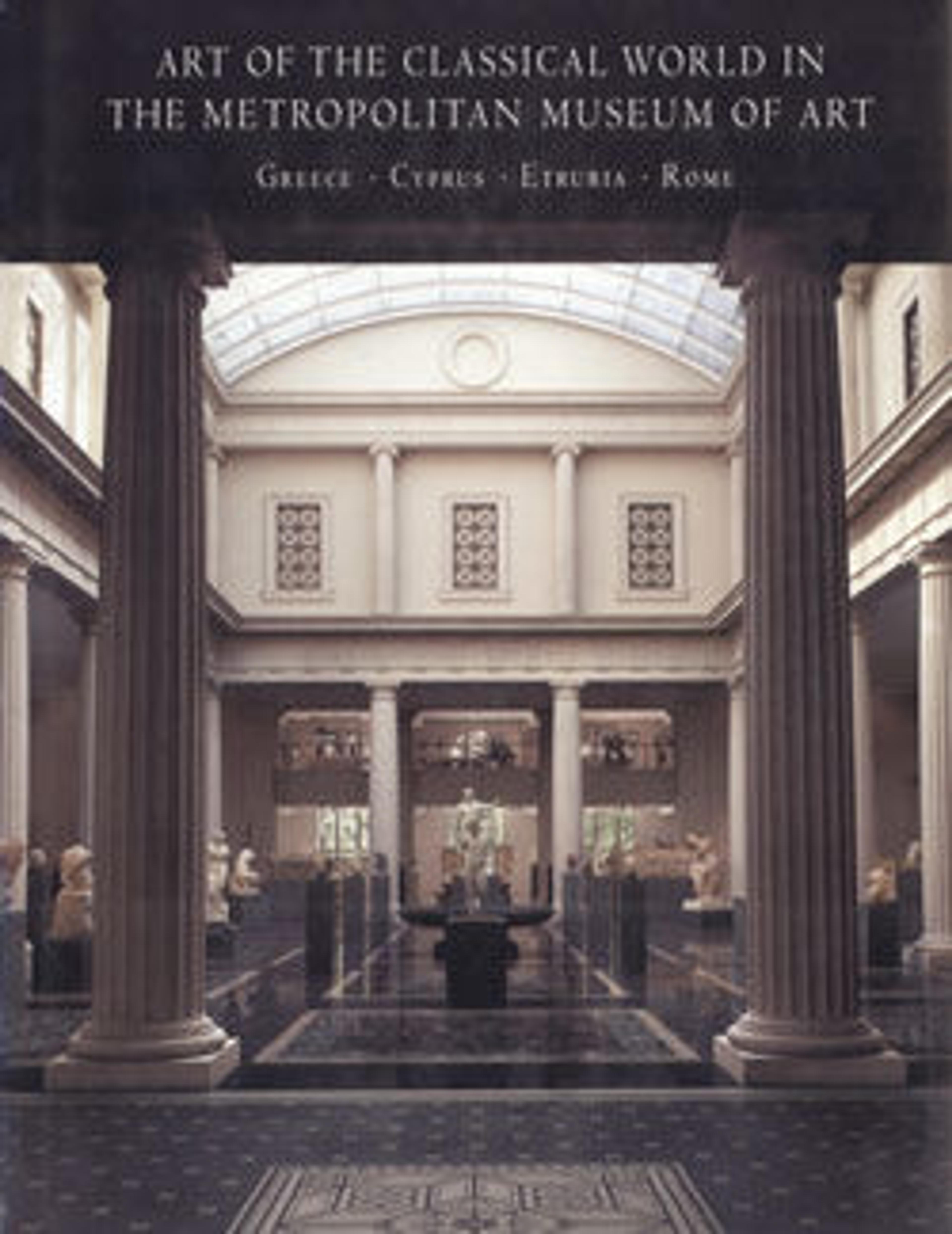Marble statue of a wounded warrior
The subject of this statue has not been identified with certainty. The warrior held a shield on his left arm and probably a spear in his right hand, and he stands with his feet carefully placed on a sloping surface. The figure must have some association with the sea because a planklike form surrounded by waves is carved on the plinth of a second copy in the British Museum, London. It has been suggested that he is the Greek hero Protesilaos, who ignored an oracle's warning that the first Greek to step on Trojan soil would be the first to die in battle. This statue might represent him descending from the ship ready to meet his fate. Following the discovery of a wound carved in the right armpit, the figure was reinterpreted as a dying warrior falling backward and identified as a famous statue by the sculptor Kresilas. Many other identifications have been suggested to explain the unusual stance and the unique iconography of this statue and of the copy in London, but none has been generally accepted.
Artwork Details
- Title: Marble statue of a wounded warrior
- Period: Mid-Imperial, Antonine
- Date: ca. 138–181 CE
- Culture: Roman
- Medium: Marble
- Dimensions: H. 87 in. (220.98 cm)
- Classification: Stone Sculpture
- Credit Line: Frederick C. Hewitt Fund, 1925
- Object Number: 25.116
- Curatorial Department: Greek and Roman Art
Audio
1037. Marble statue of a wounded warrior
Gallery 153
This figure is mostly nude, but he wears a warrior’s helmet. On his left arm—just below the elbow—you see the band that held his shield. Look closely under his right armpit, and you will see a wound there, probably not a fatal wound, but a drain on his strength. The warrior plants his feet on sloping ground and leans back in a very unstable pose. He probably held a spear in his raised hand. It may have helped to balance him. This peculiar pose must belong to some specific hero, and scholars have debated as to who this could be.
The sloping terrain is one clue. When the Greek heroes sailed to fight the Trojans, they received a prophecy that the first man to descend from the ship on Trojan soil would also be the first to die. Perhaps this is a statue of Protesilaos, the Greek who fulfilled the prophecy. The Trojan, who will kill him, may already be approaching from below. Protesilaos may be looking down to see him. In keeping with the heroic mentality, he understands the need to die and knows his death will bring him glory.
More Artwork
Research Resources
The Met provides unparalleled resources for research and welcomes an international community of students and scholars. The Met's Open Access API is where creators and researchers can connect to the The Met collection. Open Access data and public domain images are available for unrestricted commercial and noncommercial use without permission or fee.
To request images under copyright and other restrictions, please use this Image Request form.
Feedback
We continue to research and examine historical and cultural context for objects in The Met collection. If you have comments or questions about this object record, please complete and submit this form. The Museum looks forward to receiving your comments.
